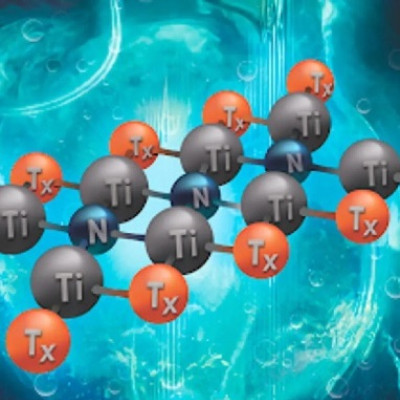The elder people already knew that it is worth letting the irrigation water to rest for a while in contact with air before pouring it on the plants, so that they grow better. Irrigation water is used in large quantities on farms specializing in vegetable and berry cultivation and at the moment, in the beginning of the growing season, they are thinking about how to get the best possible harvest this year. Now it is time to familiarize yourself with the significance of oxygen. Nano-oxygen water affects plant growth speed, plant hygiene, and health, product quality and shelf life, and thus also productivity.
In project NABLE, Satakunta University of Applied Sciences' (SAMK) research center Wander from Finland has conducted practical research on the use of nano-oxygen water in commercial greenhouses. They have collected user experience on the functionality of nanobubble technology and related parameters that can be measured and monitored. With the help of nano-oxygen technology, oxygen is added into the water in nano-sized oxygen bubbles, which are generated due to the hydrodynamic cavitation phenomenon, where a sudden change of pressure within the liquid generates the nanobubbles.
The oxygen level of the water must be suitable
During the research project, it was noticed that monitoring the concentration of dissolved oxygen in the irrigation water is essential.
One of the key observations is also that simply feeding oxygen-containing nanobubbles into the water alone is not enough and that it is not necessary to add a large amount of them into the water. The oxygen level must be optimized and kept at a certain level to generate the best result.
"Based on the experience gained from the research project, we have developed an automation system for our oxygen nanobubble generator, which can dose the right amount of oxygen, adjust the pressures, and find the right operating parameters for the conditions of each operating environment," says Timo Kantola, CEO of EOD, which developed the Nanoboost® device.
Greenhouses invest in energy efficiency to reduce carbon dioxide emissions and control costs. Nanoboost® nano-oxygen technology and automation system together helps to increase the production efficiency and reduce energy consumption by ensuring that the device produces just the right amount of oxygen for the irrigation water.
Oxygen is the best fertilizer and pesticide
There is a lot of talk about the benefits of having a healthy and versatile diet for people. "We bring the same ideology to the plant side by creating healthy living conditions for plants and through that preventing e.g. plant diseases. Next, we will investigate how nanobubbles affect on the retention of fertilizers in different growing media, such as peat, curd moss, wood fiber, and coconut fiber", continues Kantola.
"Using nano-oxygen water is like doing biological advance control for plants. Nano-oxygen irrigation water maintains the natural well-being of plants, which reduces the need to use plant protection agents. In this way, the chemical load on waterways and soil can also be reduced," says Toni Tanner from Hortiherttua, who grows herbs, lettuce, cucumbers, and tomatoes in Karjalohja, Finland.
Read the original article on Hortidaily.







